Meet the Scientists
Meet the hard-working scientists within the basic science departments at the CU Anschutz Medical Campus, where groundbreaking discoveries and innovative research happens every day!
Our scientists are like detectives, unraveling the mysteries of the biggest challenges in health, technology, and beyond. Get ready to be inspired by their dedication, creativity, and unstoppable drive to make our world a better place. Use the links below to explore the cutting-edge science happening right here on our campus!
Our scientists are like detectives, unraveling the mysteries of the biggest challenges in health, technology, and beyond. Get ready to be inspired by their dedication, creativity, and unstoppable drive to make our world a better place. Use the links below to explore the cutting-edge science happening right here on our campus!
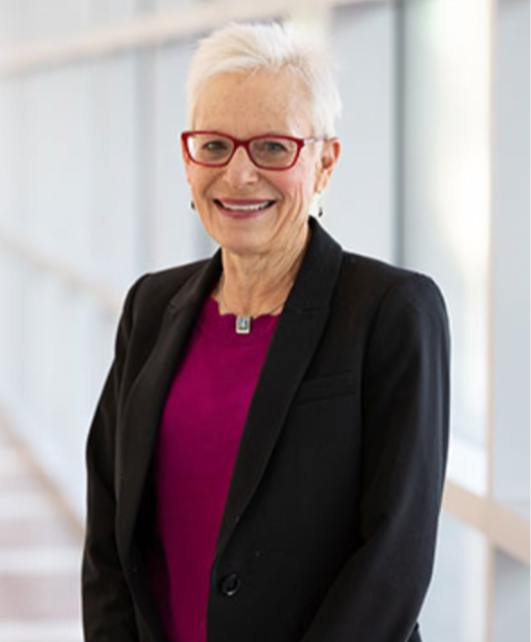
Leslie Berg
Department of Immunology & Microbiology
Leslie investigates molecules inside T cells that help their receptors - the T-cell receptor (TCR) - to function properly and transmit signals within the cell
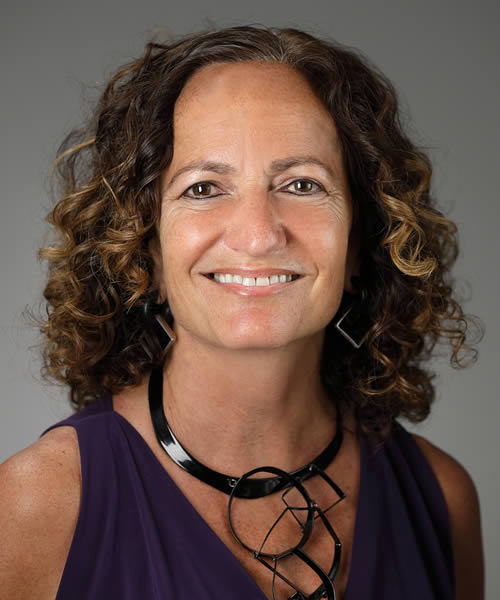
Julie Cooper
Department of Biochemistry & Molecular Genetics
Julie studies the protective cap located at the ends of chromosomes, called telomeres, and how changes in telomere sizes affect how cells grow and repair
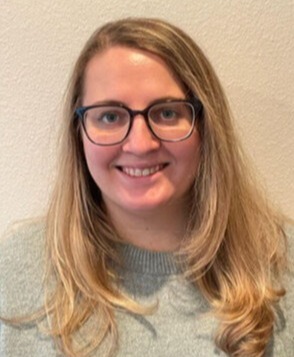
Jenna Guthmiller
Department of Immunology & Microbiology
Jenna studies the immune response to the influenza virus and how to make better and longer lasting flu vaccines
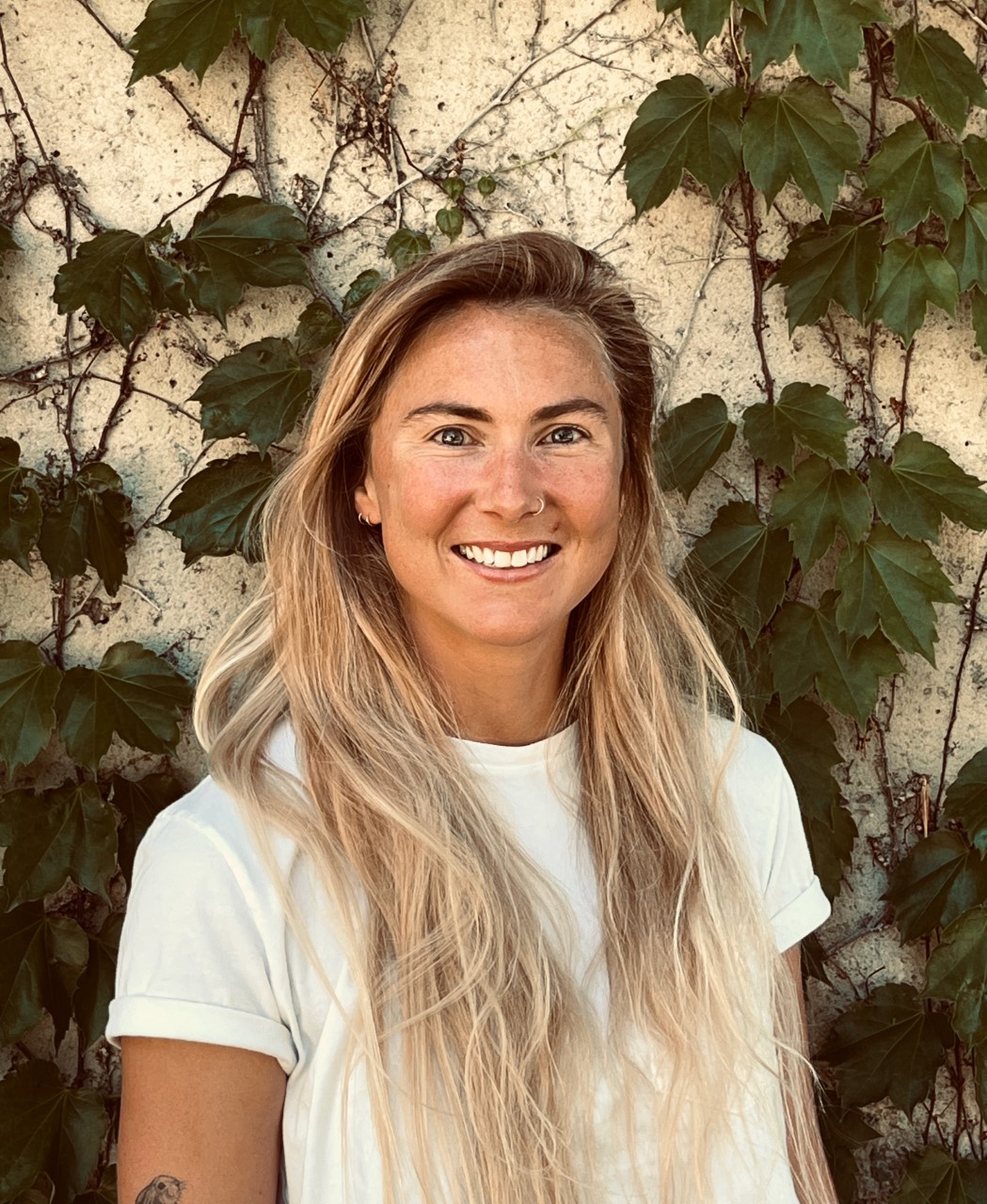
Lydia Heasley
Department of Biochemistry & Molecular Genetics
Lydia explores how changes in genetic material affect the ability of a specific type of yeast to adapt to changing environments

Curtis Henry
Department of Immunology & Microbiology
Curtis investigates the role of fat on the development of cancer and how fat changes the effectiveness of different types of cancer treatments
.jpg?sfvrsn=370a93bb_2)
Suja Jagannathan
Department of Biochemistry & Molecular Genetics
Suja investigates how RNA, the messages our cells use to make proteins, works and is regulated to keep our cells functioning properly
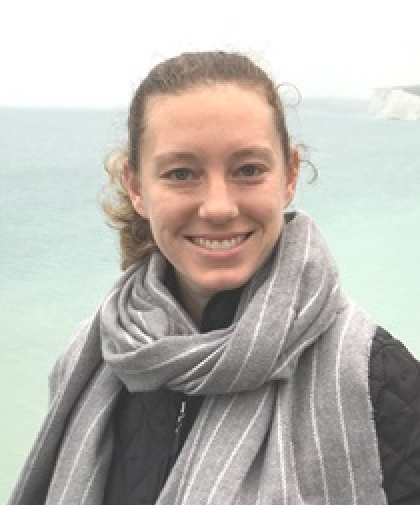
Allie McClure
Department of Biochemistry & Molecular Genetics
Allie investigates the timing of how cells copy all their genetic information, or DNA, to make new cells
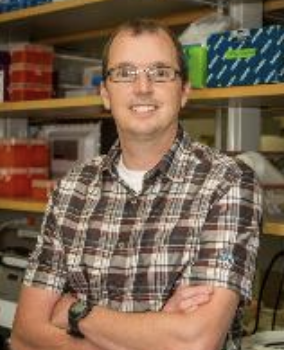
Thomas 'Tem' Morrison
Department of Immunology & Microbiology
Tem studies how the body gets rid of virus from the bloodstream to improve our understanding of host-pathogen interactions and fight infections
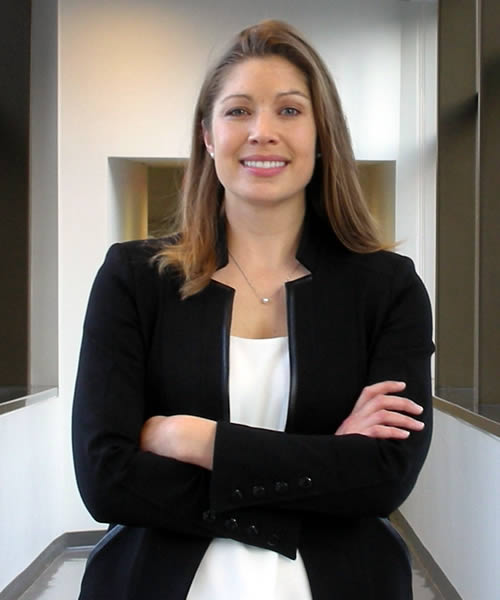
Catherine Musselman
Department of Biochemistry & Molecular Genetics
Cat studies the histone code - the chemical signals on top of DNA that turn genes 'on' and 'off' within cells
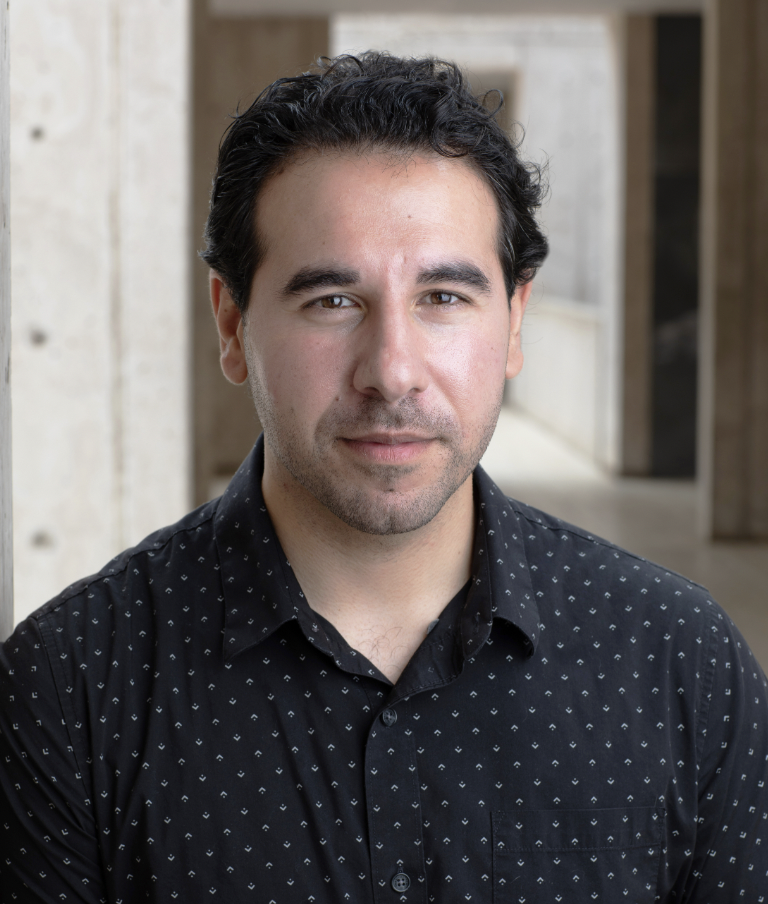
Joe Nassour
Department of Biochemistry & Molecular Genetics
Joe researches the protective cap located at the ends of chromosomes, called telomeres, and how changes in telomere sizes affect the use of genetic material
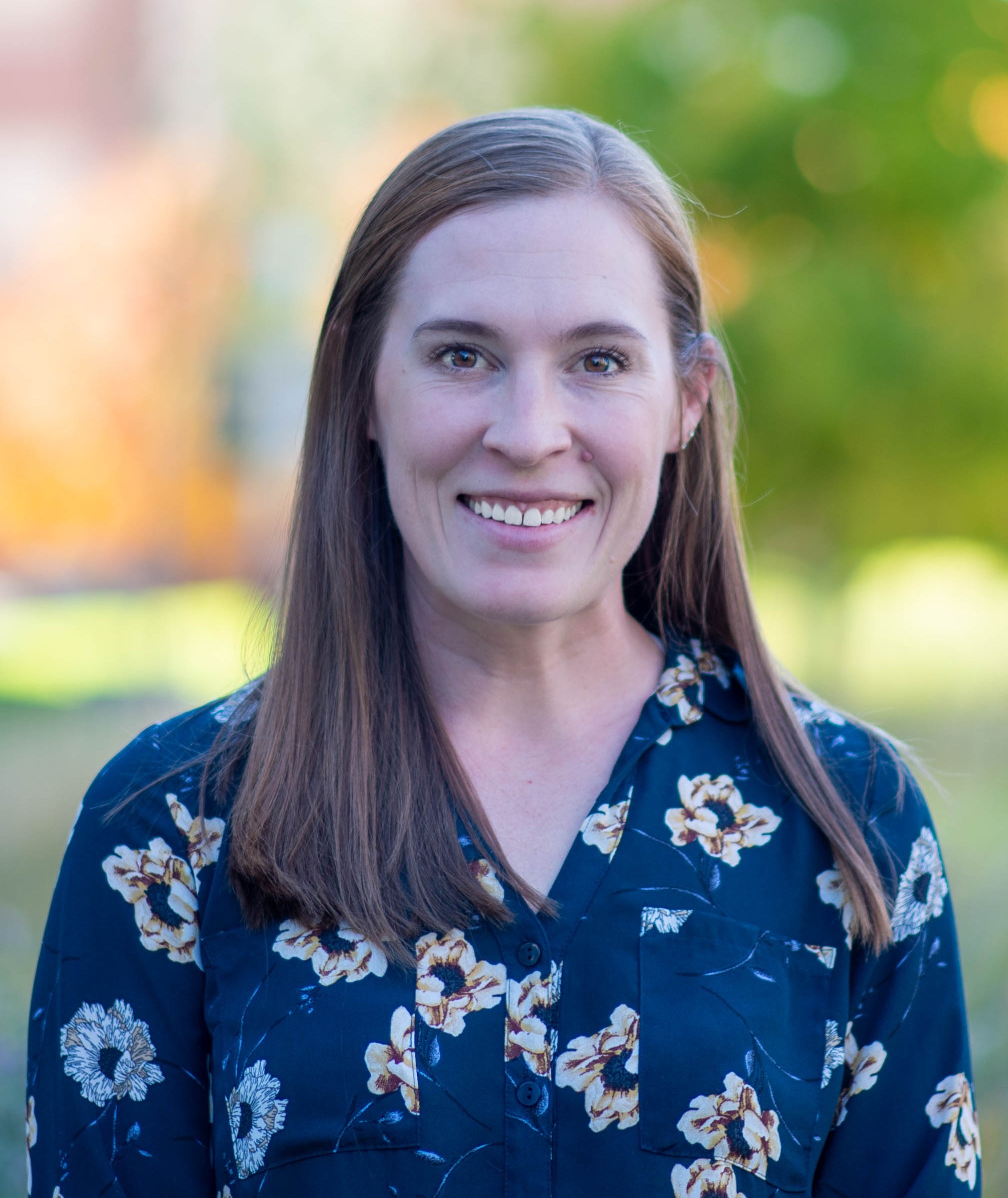
Kyla Ost
Department of Immunology & Microbiology
Kyla studies the immune response to a specific type of fungus in the gut, called C. Albicans, and how changes in shape and function help it to survive or result in its death
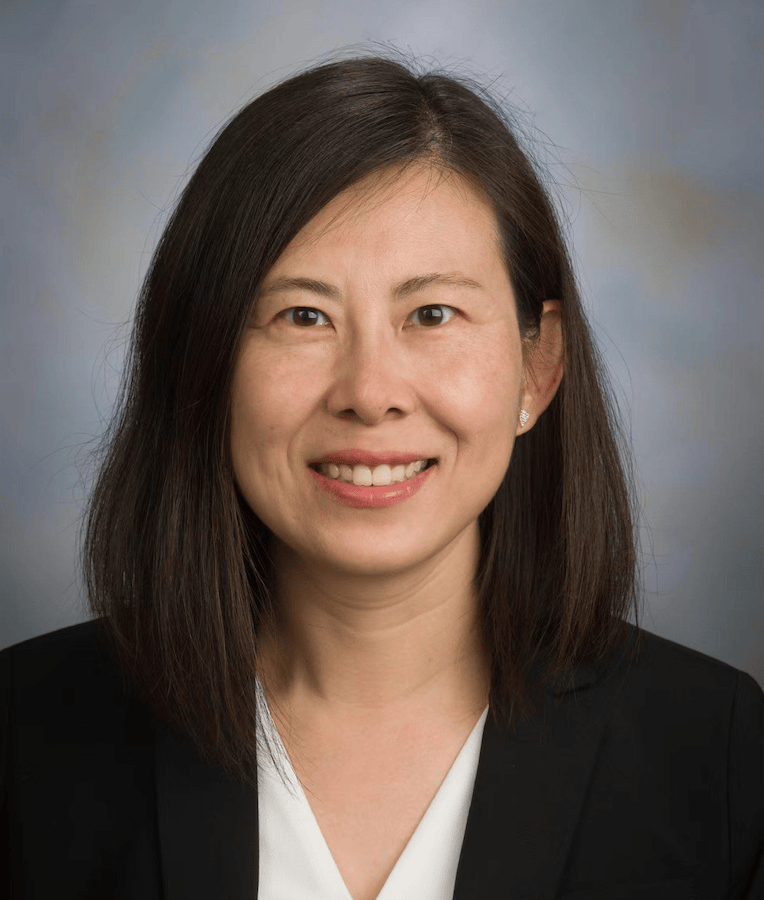
Ning Zhao
Department of Biochemistry & Molecular Genetics
Ning visualizes and tracks the movement of individual proteins over time inside cells using innovative techniques